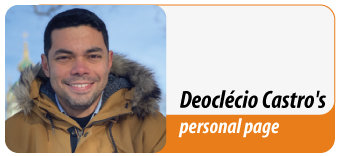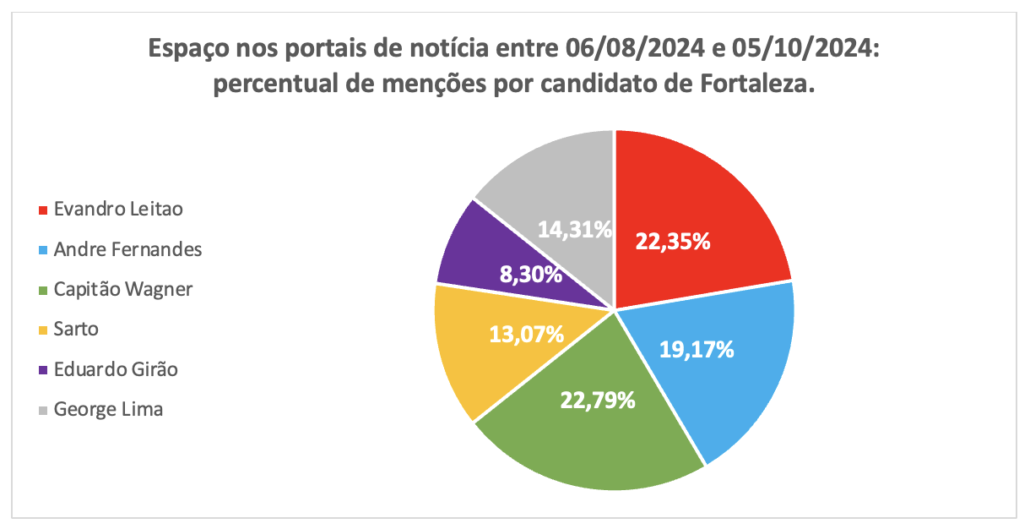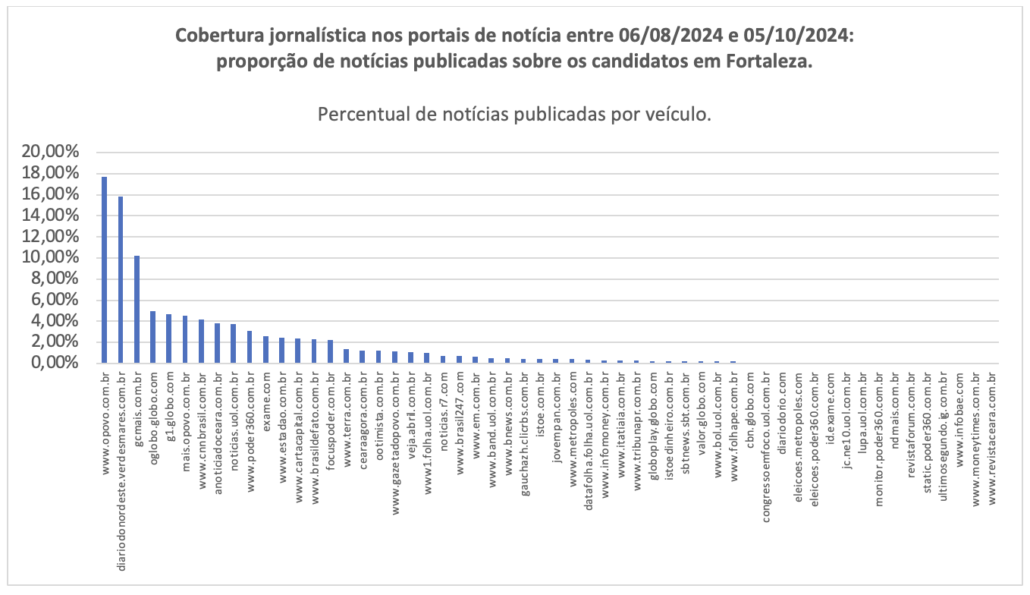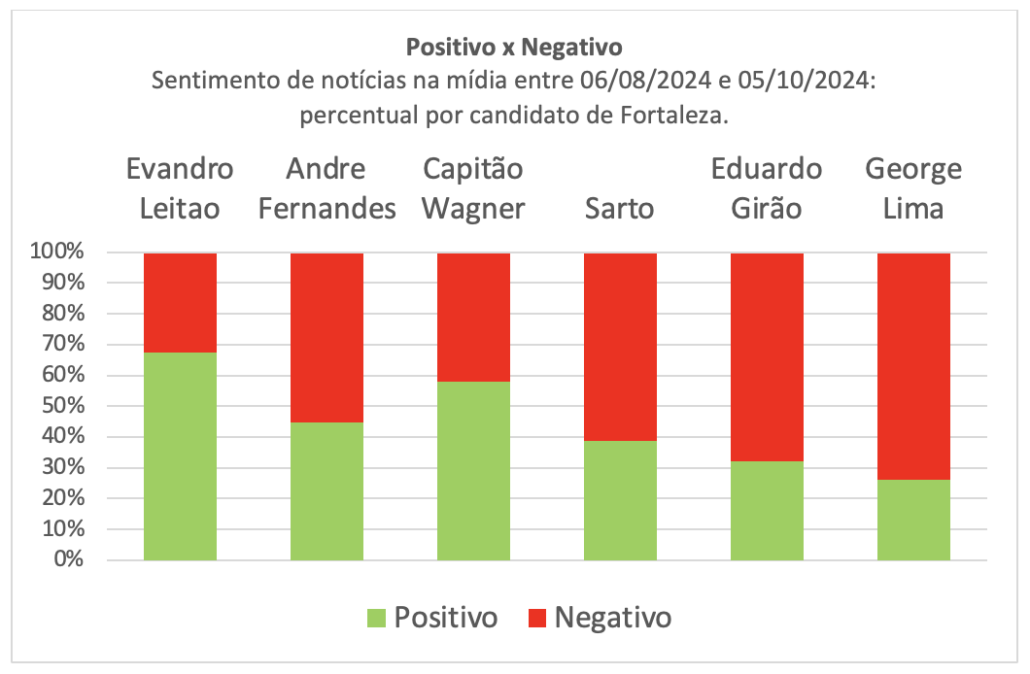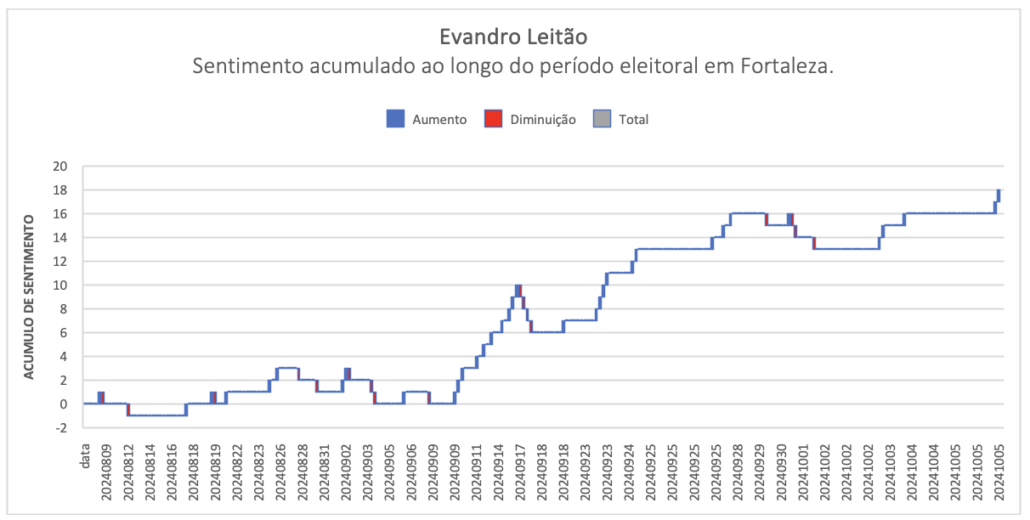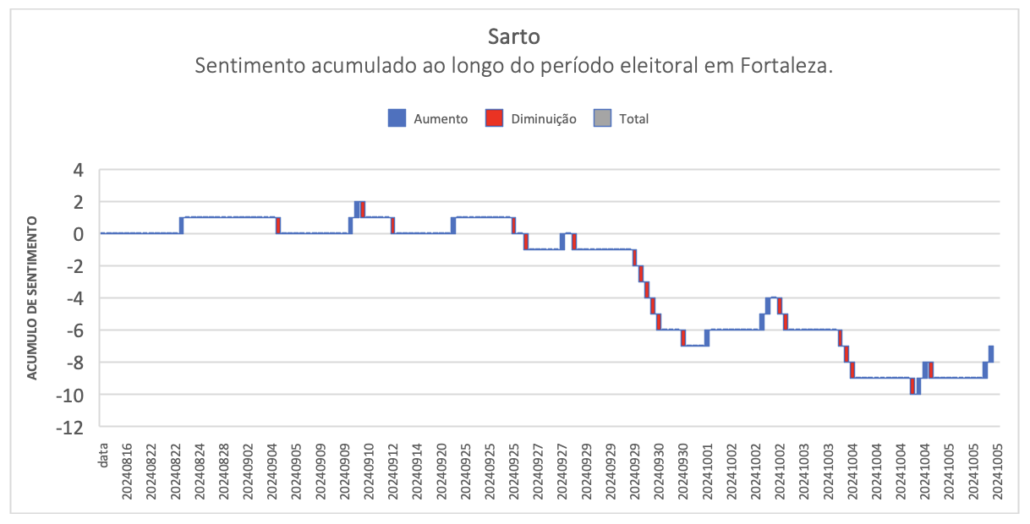In recent years, I’ve been observing a phenomenon that, although subtle, has had profound consequences across various spheres of our society: the Circle of Mediocrity. This concept, which I developed throughout my professional experience with digital communication and politics, describes a vicious cycle of stagnation permeating institutions, companies, and society as a whole. It’s a dynamic where mediocrity is not only tolerated but encouraged and perpetuated by systems that inherently resist innovation and competence.
The Circle of Mediocrity forms when mediocre behaviors, ideas, and structures are maintained through negative incentives like conformism, self-preservation, and fear of change. Initiatives that could break this stagnation are often seen as threats to the status quo, and those who advocate for them end up marginalized or silenced. As I often say, “those who excel don’t become inspirations; they become targets,” a phrase that illustrates the suppression of individuals seeking to break this cycle. The cycle perpetuates itself, and institutions, instead of striving for excellence, deepen into a spiral of superficiality and inefficiency.
Superficiality in Politics and the Rise of Spectacle
One of the clearest examples of the Circle of Mediocrity is found in contemporary politics. A few years ago, especially with the advent of social networks, it was expected that these digital platforms would revolutionize how governments interact with their citizens. The promise was that networks would open space for more democratic, transparent, and proactive participation. However, what we witnessed was the opposite phenomenon: politics transformed into a spectacle, with candidates more concerned about garnering likes and views than presenting concrete solutions to societal problems.
This transformation of politics into spectacle resembles Guy Debord’s concept in his work The Society of the Spectacle, which warns about the transformation of social relations into mere representations. Politics, much like entertainment, becomes a performance where content is secondary. This shift from essence to appearance feeds the Circle of Mediocritybecause it reduces the quality of debates and proposals in favor of slogans and images that go viral.
Political campaigns have become crude and empty, filled with populist slogans and personal attacks instead of serious and profound debates. Superficiality has taken over the electoral scene, and candidates seem more like they’re competing for entertainment slots than for positions of leadership and responsibility. The consequence is that elected officials, instead of proposing transformative public policies, continue spinning in the Circle of Mediocrity, conducting their mandates reactively, without real leadership or long-term vision.
Education: The Factory of Stagnation
The Circle of Mediocrity is also evident in the educational system. From teachers who pretend to teach, to students who pretend to learn, to administrators who pretend to supervise, the cycle of mediocrity establishes itself in all spheres of education. Educational institutions are often more concerned with maintaining an appearance of normality and continuity than promoting structural changes that genuinely improve the quality of education.
This dynamic results in an uneducated society lacking critical capacity, where superficiality also expands into the digital realm. The youth, who should be protagonists of the future, find themselves in a system that values innovation and creativity very little. Instead of being prepared to face the challenges of a constantly changing world, they are molded to maintain the status quo, perpetuating a cycle of stagnation.
Here, it’s important to recall Foucault’s concepts about power and the “micro-powers” that sustain the system. Power, in educational institutions, is exercised subtly and pervasively, where established norms and regulations prevent any innovation that could break the cycle of mediocrity. Teachers who try to innovate are often silenced by control structures, maintaining the cycle of stagnation.
Corporate Environment: Flattery and Conformism on the Rise
The corporate world is not immune to the Circle of Mediocrity. Within many organizations, what should be a space for innovation, collaboration, and delivering concrete results turns into a stage for internal politics, where flattery is more valued than competence. Professionals who seek to stand out by delivering results are often overlooked in favor of those who know how to “navigate” the company’s internal political dynamics, avoiding conflicts and staying aligned with the superiors’ discourse.
This environment creates a paralyzing effect on companies, which, instead of innovating and seeking excellence, prefer to maintain the status quo. Ineffective processes continue to be perpetuated because challenging this structure would require courage—something the Circle of Mediocrity does not encourage. As a result, organizations lose competitiveness and stagnate, trapped in a culture of conformism that hinders growth and evolution.
The Emergence of the Circle of Mediocrity Concept
The concept of the Circle of Mediocrity emerged from my own observations over the years, especially in my work with digital communication and politics. In 2001, I began my first contacts with the job market and the political environment. By 2010, with more maturity, I actively participated in the campaign that propelled Cid Gomes’ candidacy for governor of Ceará. Later, as a professional within the government structure, I realized that something bigger was at play within institutions and power structures. The potential we saw in social networks and new forms of communication to transform public debate was often underestimated or, worse, viewed with suspicion by those who preferred to maintain the old ways of doing politics. In 2011, when I was responsible for creating the social networks for the Government of Ceará—encouraged by the Governor himself, something completely innovative in Brazil at the time—I heard more than once the phrase: “The internet, this social media thing, will never be relevant to politics.” Here, it’s important to acknowledge Cid Gomes’ ever-active propensity for proactivity, technology, and excellence—something that, while inspiring many, was seen by others as a threat to the status quo. It was then that the idea of the “castle-bound prince” syndrome emerged for me, but that’s a topic for another post.
My experience in government and many electoral campaigns showed me that attempts to innovate and break away from superficiality were often met with resistance. The Circle of Mediocrity became evident in every sphere we touched, and the idea that mediocrity was not only accepted but reinforced began to take shape. This cycle repeats in so many areas that it became impossible to ignore. The more I reflected on this, the more the concept solidified as a clear explanation for the stagnation I observed around me.
Mechanisms That Feed Mediocrity
The perpetuation of the Circle of Mediocrity is rooted in various social, psychological, and institutional mechanisms. One example is the Dunning-Kruger effect, a psychological phenomenon that explains how people with less competence tend to overestimate their abilities. This leads them to reject any form of innovation or change that could expose their limitations. In environments where these people occupy positions of power, the cycle of mediocrity perpetuates because changes that could improve the system are systematically avoided.
Additionally, there’s the phenomenon of institutional inertia, where bureaucracies and power structures continue to function the same way even when they’re clearly ineffective. Governments, companies, and organizations resist innovation because the process of change is seen as dangerous or disruptive to the balance of power relations. In this scenario, conformism and self-preservation prevail over competence and innovation. Foucault also helps us understand this dynamic through his concept of micro-powers: control doesn’t manifest only in grand actions or decisions but in how the everyday details of an organization control behavior and prevent disruptions.
The Circle of Mediocrity as Dynamic Conflict: Game Theory and Prospect Theory
The Circle of Mediocrity can also be understood through the lens of Game Theory and Prospect Theory. In Game Theory, the cycle is sustained as a dynamic conflict where the agents involved (leaders, professionals, institutions) make rational choices that perpetuate the status quo, even if these choices aren’t the most efficient. Negative cooperation, in this case, arises when all involved prefer to maintain a mediocre level of performance since changing the system implies risks and costs that no one wants to assume.
This dynamic can be analyzed based on concepts of equilibria with limited horizons, such as General Meta-Rationality (GMR), Symmetric Meta-Rationality (SMR), and Sequential Stability (SEQ). These concepts explain how, in conflict situations, agents may opt for decisions that, while rational for themselves, result in suboptimal solutions for the group as a whole. Often, the agent prefers to maintain the status quo, avoiding a globally better decision out of fear of individual consequences like punishments or suppression by opponents. In Sequential Equilibrium, for example, players base their decisions on expectations about the future behavior of their opponents and possible reactions to their actions. This means that even when aware of better available options, individuals and institutions hesitate to adopt them, perpetuating the Circle of Mediocrity. The central idea is that the decision to maintain stability, even if suboptimal, becomes a rational response in the face of fear of individual losses, which in turn creates a collective inertia that prevents innovation and keeps the system trapped in an unfavorable equilibrium for all.
Prospect Theory, by Kahneman and Tversky, helps us understand why people prefer to maintain the status quo even when change would be advantageous. The theory teaches us that individuals tend to value potential losses more than future gains, leading to risk aversion. In the context of the Circle of Mediocrity, this means agents prefer to cling to what they already know, even if it’s ineffective, rather than risk an innovation that could offer better results but also brings uncertainties.
These strategic choices, grounded in risk aversion and a tacit cooperation to maintain the cycle, feed the continuity of mediocrity. Thus, the Circle of Mediocrity can be seen as a suboptimal solution to a dynamic game where everyone loses in the long run, but no one wants to risk disruption in the short term.
The Relationship with the “Castle-Bound Prince Syndrome“
The Circle of Mediocrity is closely linked to the Castle-Bound Prince Syndrome, a concept I developed to describe how leaders, isolated in their positions of power, end up receiving filtered and distorted information from advisors and intermediaries. This distance from reality creates a biased perspective on what’s truly happening “on the ground,” resulting in decisions based on incomplete or manipulated information. This perpetuates stagnation since the leader believes everything is under control or functioning as expected when, in reality, the cycle of mediocrity is active and growing.
When leaders are disconnected from reality due to this “syndrome,” they become incapable of recognizing the need to break the Circle of Mediocrity. Instead of seeking real solutions based on concrete data and innovation, they continue reinforcing the same practices that keep mediocrity at the center of decisions. For a more detailed analysis of how the Castle-Bound Prince Syndrome affects leadership and decision-making, check out my dedicated post on this topic [link to the post].
How to Break the Circle of Mediocrity
Breaking the Circle of Mediocrity is a task that requires courage and a willingness to challenge the status quo. First, it’s necessary to recognize that mediocrity is not inevitable. Institutions, organizations, and individuals can choose a different path—a path that values innovation, merit, and competence.
For this to happen, Game Theory shows us that incentives need to change so that all players involved in the system have something to gain by abandoning mediocrity. Negative cooperation, where agents prefer to maintain the status quo to avoid risks, needs to be replaced by incentives that reward those who challenge the cycle. This means creating a culture that values excellence, where innovation and the delivery of results are significantly rewarded.
Prospect Theory by Kahneman and Tversky teaches us that one of the most effective ways to overcome the risk aversion that maintains the cycle is to restructure rewards and consequences. By emphasizing the benefits of positive change instead of focusing on possible risks, we can create a new dynamic where innovation becomes more attractive than maintaining the vicious cycle.
Creating a culture that values excellence is fundamental. This involves changing incentives, both in the public and private sectors, so that people who stand out by delivering results and showcasing creativity are rewarded rather than marginalized. It’s also essential to invest in critical and digital education, empowering the next generations to be active agents of change and innovation.
Institutions need to make room for new ideas to flourish, even if those ideas challenge the status quo. Structures that reward conformism and superficiality must be questioned and reformed, with a real focus on transformation rather than merely maintaining the system.As instituições precisam abrir espaço para que novas ideias floresçam, mesmo que essas ideias desafiem o status quo. As estruturas que premiam o conformismo e a superficialidade devem ser questionadas e reformadas, com um foco real na transformação, e não na mera manutenção do sistema.
Conclusion
The Circle of Mediocrity is a real and dangerous phenomenon affecting various areas of contemporary society. It perpetuates stagnation and prevents institutions and individuals from reaching their full potential. However, this vicious cycle can be broken. To do so, it’s necessary to value competence, innovation, and excellence, creating spaces where mediocrity has no place. Transformation begins with awareness—and the courage to challenge the status quo. Recognizing that mediocrity is often protected by those who benefit from it is the first step toward making real changes. Only by exposing this dynamic and promoting a culture of excellence can we hope for our institutions, companies, and society as a whole to move toward a more innovative and efficient future.
Reflecting on the Circle of Mediocrity is not just a critique of the present but an invitation to rethink how our structures operate and how we can, together, break this cycle. If we want a more just, productive, and critical society, it’s essential to abandon conformism and mediocrity, and that starts with each of us—in our daily decisions and actions.
References
- Debord, G. (1967). La Société du Spectacle. Paris: Buchet-Chastel.
- Foucault, M. (1975). Surveiller et punir: Naissance de la prison. Paris: Gallimard.
- Kahneman, D. (2011). Thinking, Fast and Slow. New York: Farrar, Straus and Giroux.
- Tversky, A., & Kahneman, D. (1979). Prospect Theory: An Analysis of Decision under Risk. Econometrica, 47(2), 263-291.
- Von Neumann, J., & Morgenstern, O. (1944). Theory of Games and Economic Behavior. Princeton University Press.
- Dunning, D., & Kruger, J. (1999). Unskilled and Unaware of It: How Difficulties in Recognizing One’s Own Incompetence Lead to Inflated Self-Assessments. Journal of Personality and Social Psychology, 77(6), 1121-1134.
- Simon, H. A. (1955). A Behavioral Model of Rational Choice. The Quarterly Journal of Economics, 69(1), 99-118.
Deoclécio Paiva de Castro
Ph.D student in Economics
M.Sc in Mathematical Optimization Modeling and Quantitative Methods
B.Sc in Industrial/Production Engineer
